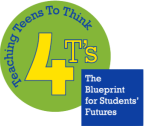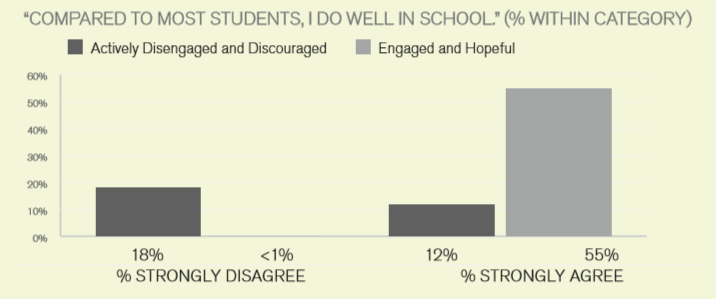If you’re someone who learns better when you can see what you’re trying to accomplish laid out in front of you, then video tutorials are definitely for you. For pretty much anything you want to learn to do, you can find a tutorial online that will give you an audio-visual experience to help you through every step of the process. Whether you want to learn how to make something as a hobby or solve a certain type of math problem for class, you can find videos that give you a visual learning experience.
2. Independent learning – accessible anywhere, any time
It doesn’t matter where you are; if you have Wi-Fi, you can get online and find tutorials. You have the ability to teach yourself to do something anytime and anywhere you go, so if you need to know how to do something by the time your ten-minute train ride is over, you might be in good shape to know it if you can find a tutorial to help you out. I’ve used tutorials to learn how to do something simple like braiding hair, use fairly complicated programs like Photoshop, play songs on piano, use a function on a graphing calculator and do countless other educational or hobby-related tasks. The great part about tutorials is that you don’t need a teacher or a book to teach you how to do something; a short video will often suffice.
3. Can provide a face-to-face learning atmosphere
Even though you aren’t learning from a teacher when you use tutorials, they can still be a sort of face-to-face learning environment, if that’s something that you feel helps you learn. A lot of tutorials are made so that whoever makes them is on the screen walking you through the steps in their videos. Even though it’s one-way communication, if seeing someone give you instruction is the best way for you to learn, tutorials still might be a viable option for you. This is something that I’ve found to be true of myself, as I often remember pieces of information because I can remember exactly how a professor said something or what they were doing when they said it. So the most helpful video tutorials for me are ones that have someone on the screen talking to me.
4. Easy to find
Simply put, tutorials are super easy to find. All you have to do is search for keywords online, and you should be able to find a video that meets your needs within minutes.
5. Short and to the point
Video tutorials can be long or short, but they’re typically short so that you can find specific pieces of information very easily. For example, when I was looking for a tutorial to teach me how to make the background of an image transparent in Photoshop, I didn’t watch an hour-long video about all of the tools in Photoshop. Instead, I found a video that focused solely on how to make a background transparent, and it was less than five minutes long.
6. Ability to skip unnecessary parts and watch important portions multiple times
When you’re in class, you can’t very well tell your teacher to skip over content that you understand because there might be other students who need some extra instruction. At the same time, though, if you’re the person who needs repetition, you might not always get it; your teacher might move on to a new topic too soon. When you’re watching tutorials, you face neither of these issues. You can fast-forward and rewind as many times as you need to skip over information that isn’t relevant to you or review something that you didn’t understand the first or second or third time around. You can do this when you’re using a book to teach yourself how to do something, but it’s much harder to know what you can skip without having already read it, and it takes much more time to reread a section of a book to review than it does to replay a video.
7. Can be paused and saved for later
Just as you can fast-forward or rewind tutorials, unlike in class, you can pause your tutorial lessons and come back to them later. This is beneficial for obvious reasons, especially if you’re using a longer tutorial or a tutorial set to learn how to do something more extensive.
8. Free or cheap alternative to courses and books
Although there are websites that offer tutorials for which you have to pay to have access, there are thousands of free tutorials online that can serve your needs just as well. This is a much cheaper alternative to taking a course, either online or in person, or buying books to help you learn how to do something.
9. Endless supply to help with every aspect of whatever you’re trying to learn how to do
If you have a question that one tutorial doesn’t answer, you can pretty easily find that answer elsewhere. That’s not always the case when you’re reading a book or taking a course that doesn’t answer a question you have. Once you finish a book or course, that’s the end unless you search for another and hope to find that bit of information you’re missing. But with tutorials, you can always search for a specific question, and you’ll typically find your answer in a few short minutes.
-Hope Swedeen
What websites have you found that offer useful tutorials? What have you learned to do by watching tutorials?





 RSS Feed
RSS Feed